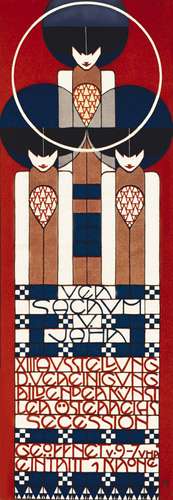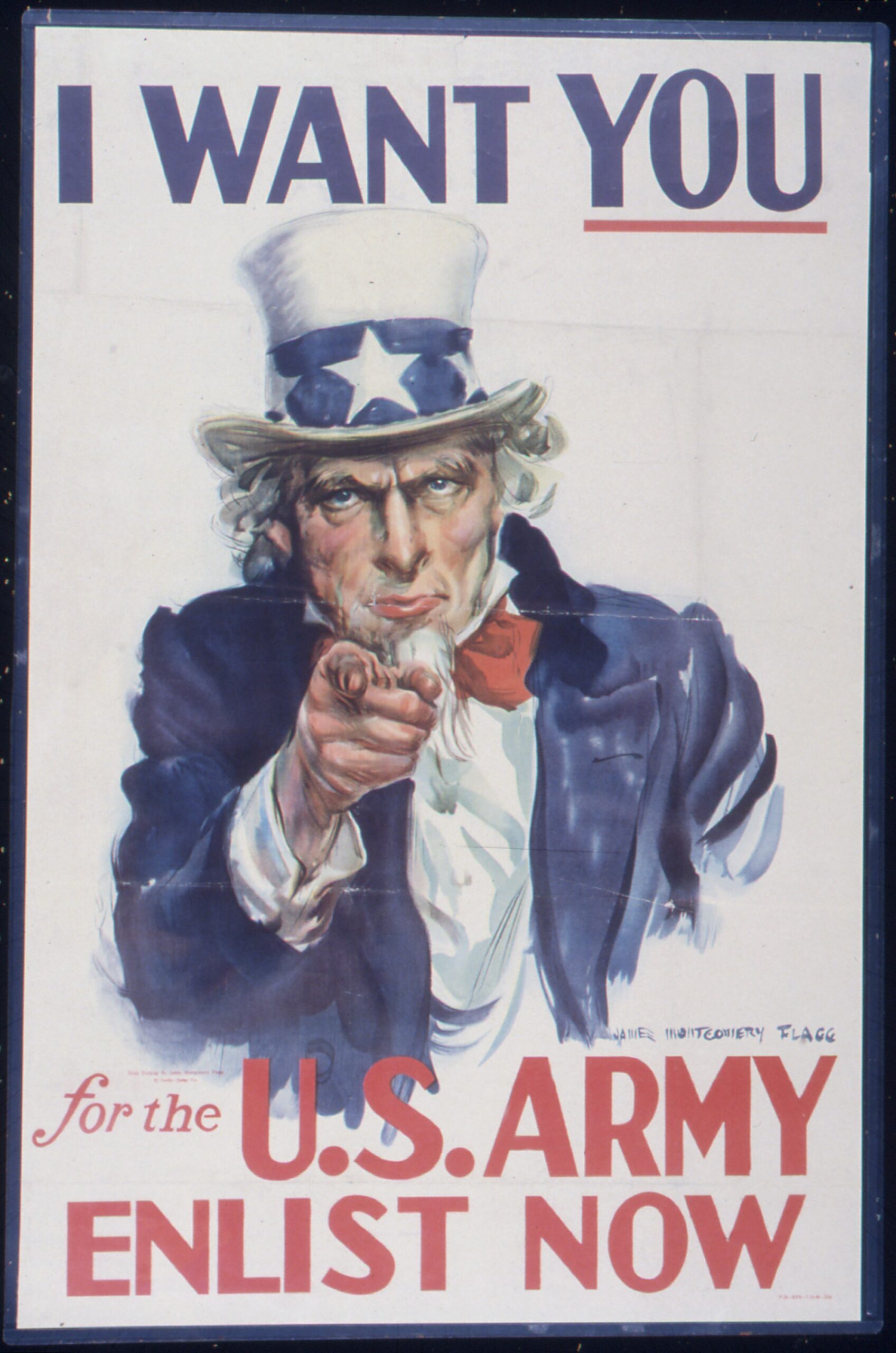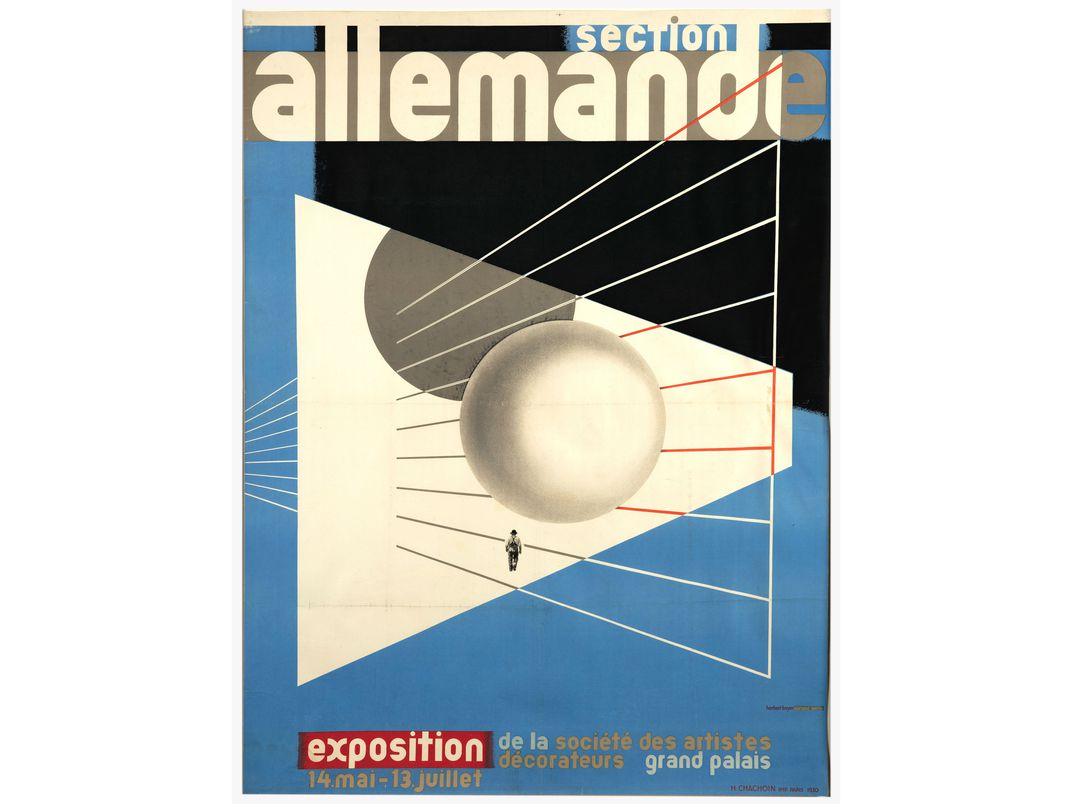American Modernism: Graphic Design
Forever Modern
Forever Modern® recognizes the profound significance of Modernist principles, expresses our deep dedication to what is current and relevant, and establishes a complete arc of time that speaks to the power of legacy — connecting past, present and future.

9/16/20
Modernist Graphic Design
Modernism is one of our cornerstones at Optima; it informs everything from our designs to our methodologies. And though the movement is often talked about in reference to architecture, art, sculpture and interior design, Modernism also had a significant impact on graphic art. Today, we'll dive into Modernist graphic design and its impact on visual communications.
Changes in Vienna
By the end of the 19th century, artists were growing tired of traditional, conservative forms of art. In Vienna, a group of artists led by Gustav Klimt dubbed themselves the Vienna Secession and broke away from the artistic institutions in Austria's capital at the time. The group explored uncharted territory in form, composition and expression, sparking similar experimentations in other nearby countries such as France and Germany. Rich paint strokes and realism translated into flat color and stylistic typography, expressions that would pave the way for graphic art.

The World at War
When World War I began, graphic design was already used for commercial, corporate and aesthetic purposes. Its new role would be political, used in posters and propaganda during the war. Advancements in mass color printing allowed for efficient production of messages to raise funds, encourage enlistment and boost morale. The turmoil and challenges faced in both World Wars would ultimately inspire the first wave of true Modernism within graphic design.

Modern Experiments
Across Europe and in America, graphic designers took inspiration from broader artistic movements such as Cubism, Futurism, De Stijil and Surrealism. In Germany, the Bauhaus movement also had a significant impact on graphic design; thick lines, primary colors and disrupting white space were just as striking in 2-D format as they were in architecture or sculpture. Eventually, Modernist design was defined by abstract expression, bold type and primary colors and shapes. These designers approached the work objectively, emphasizing the rational over the expressive (and emphasizing the classic Modernist belief that form follows function).
As the Nazis rose to power in the 1930s, Modernist experiments in all practices were denounced, and many artists, architects and designers immigrated to the United States. Although Modernist design was disrupted in its growth, it remains one of the most impactful movements in the history of graphic design. Even our own website has elements of Modernist designs with asymmetry, primary colors and bold typography. Every facet of Modernism inspires what we do, from architecture and sculpture, to the graphic arts.
American Modernism: Graphic Design
Source: https://www.optima.inc/modernist-graphic-design/
Posted by: williamsstalow.blogspot.com

0 Response to "American Modernism: Graphic Design"
Post a Comment